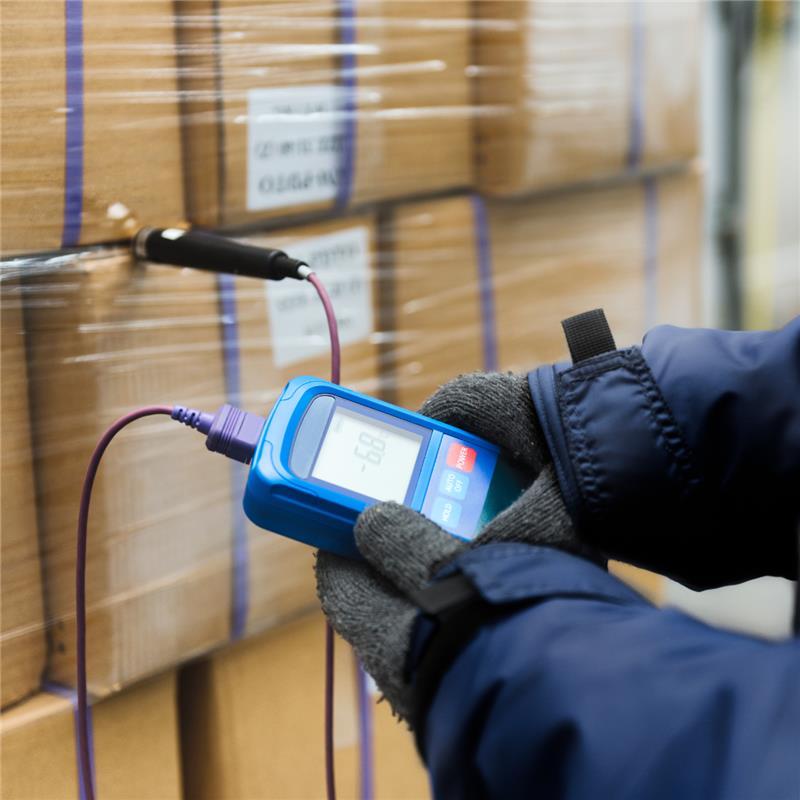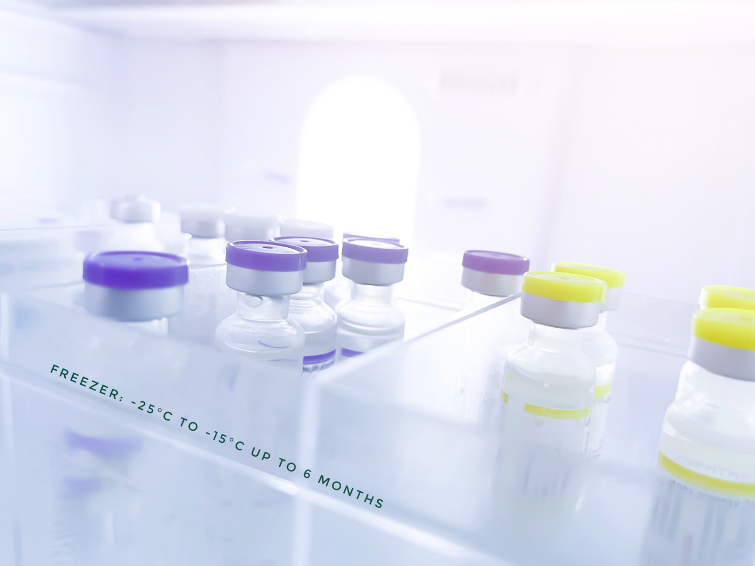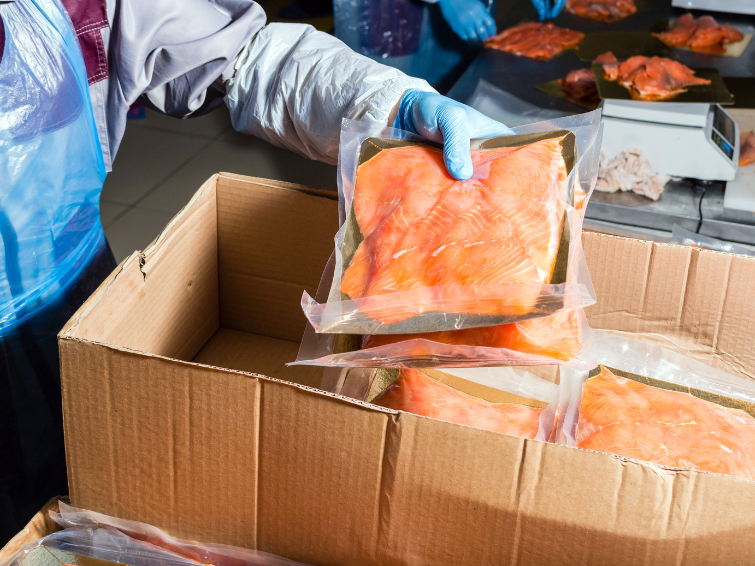

In logistics and freight forwarding, besides considering factors like cost and delivery timeliness, temperature control during the transportation process is crucial for certain temperature sensitive commodities. For instance, in the pharmaceutical sector, some vaccines need to be stored at extremely low temperatures of -70°C [1]; in the food sector, refrigerated, frozen, or fresh foods also require storage and transportation in low-temperature environments to ensure their quality. According to research from the University of Michigan, if a fully refrigerated food supply chain is being adopted, nearly half of food waste (approximately 620 million tons) due to improper transportation can be potentially avoided [2], highlighting the importance of cold chain logistics.
Global Growth of Cold Chain Logistics
As consumers demand higher quality fresh foods, alongside rapid development of the e-commerce and restaurant industry, there will be more growth opportunities for cold chain logistics in the future. According to a MarketsandMarkets report, the global cold chain market is estimated to be valued at US$228.3 billion in 2024, and is expected to reach US$372 billion by 2029 [3]. In China, the total demand for cold chain logistics reached approximately 350 million tons in 2023, an increase of 6.1% compared to the same period last year [4].
Improper handling of fresh food during transport can lead to food safety issues, and the rising demand for medical supplies, such as pharmaceuticals and vaccines, further enhances the requirements for cold chain technology. Additionally, governments worldwide are tightening their regulations regarding cold chain logistics, presenting challenges for the freight industry.

Cold Chain Regulations in Europe and America
In the European Union, in addition to legal standards for packaging and labeling, Regulation (EC) No. 37/2005 mandates that cold chain foods must implement full temperature monitoring, with temperature recorders meeting specified standards. In the United States, the government has enacted the Food Safety Transportation Act and the Food and Drug Administration (FDA)'s regulations on the transportation of human and animal food, which detail meticulous requirements for vehicle equipment, temperature control, personnel training, and process documentation in food transportation [5].
International Cold Chain Association
Internationally, there is a proactive approach to promoting cold chains. Established in early 2003, the Cool Chain Association (CCA) in Europe brings together various stakeholders to integrate the cold chain industry and develop the Cool Chain Quality Indicator (CCQI) for risk assessment and management, enhancing cold chain quality [6].
The cold chain quality indicators assess each cold chain operation from two aspects: the "Cold Chain Quality Consistency" (CCQC) checks whether the company meets the basic requirements for high-quality cold chains; the "Cold Chain Quality Indicator" (CCQI) quantitively evaluates the company’s operational quality, providing industry benchmarks for daily processes [6].

The Future of Cold Chain Logistics
Cold chain logistics benefits from advancements in logistics technology. Features like GPS, RFID, and artificial intelligence allow users to conveniently track the flow of goods and understand the transportation status of each shipment [7]. Coupled with air transport, cold chain logistics enables food and vaccines to reach farther destinations, meeting diverse customer needs. As globalization and technological development continue, cold chain logistics will bring even more opportunities.
References:
[1] World Health Organization. (2020). Manufacturing, safety and quality control of vaccines - December 2020.
https://www.who.int/news-room/feature-stories/detail/manufacturing-safety-and-quality-control
[2] Michigan News. (2024). Improved refrigeration could save nearly half of the 1.3 billion tons of food wasted each year globally - May 2024. https://news.umich.edu/improved-refrigeration-could-save-nearly-half-of-the-1-3-billion-tons-of-food-wasted-each-year-globally/
[3] MarketsandMarkets. (2024). Cold chain market share & growth analysis report - March 2024. https://www.marketsandmarkets.com/Market-Reports/cold-chain-market-811.html
[4] 中物聯冷鏈委. (2024). 冷鏈物流產業投資環境與發展趨勢分析 - July 2024.
http://lenglianwuliu.org.cn/news/details.html?newsId=6063
[5] LOU Bing-lu, SUN Yu. (2021). Research on Legal Issues of Cold Chain Food Supervision - 2021. https://html.rhhz.net/HNLGDXXBSKB/html/2021-6-68.htm
[6] CCQI Outline. Cold Chain Association. https://coolchain.org/about/ccqi/
[7] 李仁耀, 吳芝茜. 美日冷鏈生鮮物流發展現狀與產業趨勢 - page 3-4, 9, 18.
https://www.rest.org.tw/xhr/archive/download?file=61eb5f311d41c8695f00017b

